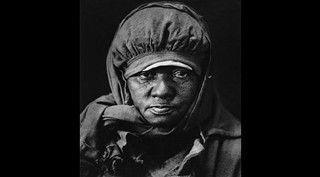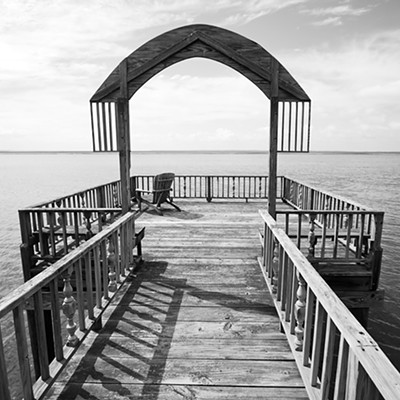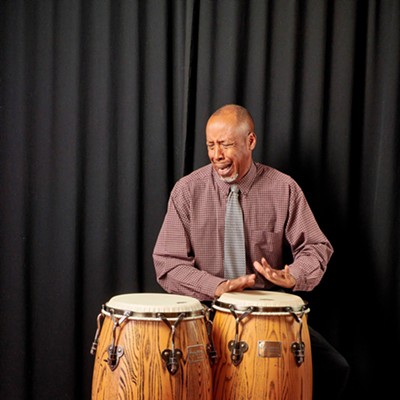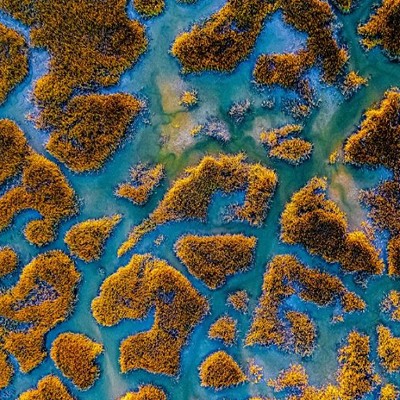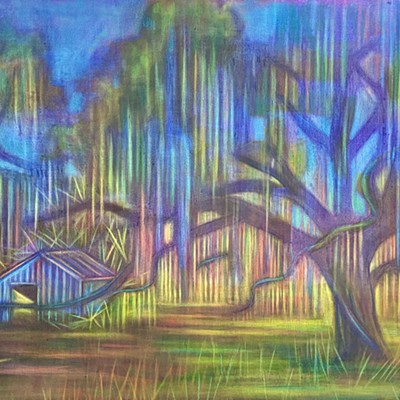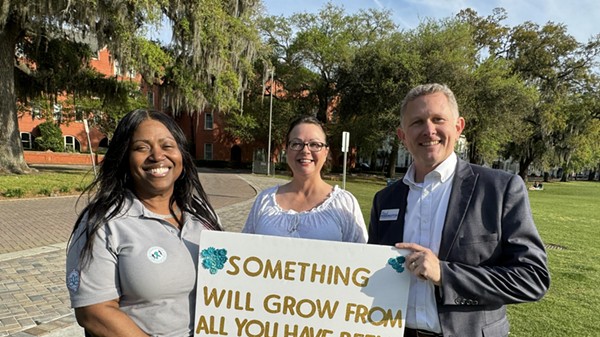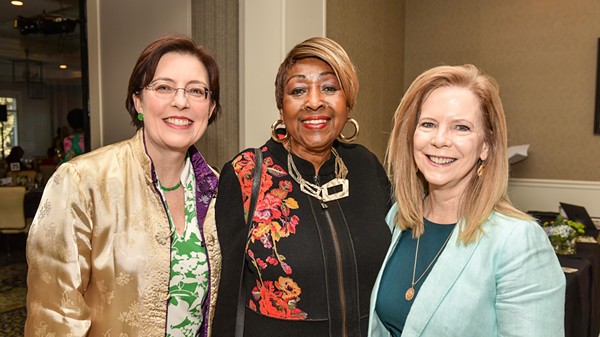Photographer P.H. Polk spent nearly forty years as the official photographer for the Tuskegee Institute in Alabama, after becoming the school's first photography student in 1917. Over the course of his career, Polk captured images that explored the diversity of the African American experience in the South during one of its most significant and turbulent periods, from the late 1920s up until the time of his death in 1985.
Last week, an exhibit of Polk's photos, selected images from the first two decades of his career, opened at the Beach Institute. The show, which includes a mix of portraits as well as candid photos of George Washington Carver during his later years at Tuskegee, will be on display through January 25, and will feature a reception and gallery talk to discuss Polk's life and work on January 10.
The show is part of a travelling exhibition arranged by the Southern Arts Federation.
When asked about the significance of Polk's career, Marcus Johnson, Operations Manager for the Beach Institute replies, "His place is really as a documentarian just showing what life was like, capturing life in the rural south during this tumultuous period."
Polk's subject matter spanned the social spectrum of African American life in Alabama during the heart of the 20th century, from downtrodden farmhands to affluent academics and historical icons.
There is a young woman in a frilled gown gently playing the harp, and across the room is an old woman in an apron whose steely hands hold a match to her pipe.
"I like the juxtaposition of these wealthy people with the rural farmers," explains Johnson. "These pictures could be of someone from Harlem or Chicago, or another major metropolitan area, but this was in rural Alabama."
In addition to his official duties with the university, Polk also maintained a studio in Tuskegee, where he painstakingly photographed each of his subjects, whether they were a patron paying for a formal portrait or a person visiting from the countryside whose face told tales of hardship and hard work.
Partly obscured by a worn and tattered cap, a twinkle of light shines from the eyes of an old, bearded man, and on the adjacent wall a stoic man in a tailored suit sits staring at the camera, flanked on either side by his young family.
In a statement about the show, exhibit curator Amalia K. Amaki writes, "His subjects were afforded the identical technical consideration in terms of composition, lighting, background treatment, environment, and retouching whether he worked in his official capacity at the Institute or created an image in his private studio."
Beyond the unique subjects, it is Polk's attention to detail and technical skill, particularly the way he captured light - reminiscent of old painters like Rembrandt - that gives his work such force.
While standing in the echoing gallery space looking at photos, Johnson walks over to one of the placards that offer visitors insights into the life and times of Prentice Herman Polk: "One of the quotes over here is ‘I don't make pictures to please the client, I make pictures to please myself and other photographers.' This is probably more indicative of what he wanted to be doing," Johnson explains while pointing out the image of Henry Baker, whose upturned face is lit with a diffuse glow normally reserved for religious iconography.
The event and reception on January 10 will feature talks from Sandra Nettles, whose uncle was a student of Polk's and a prominent Jacksonville-based photographer, and local photographer David Smalls, who will discuss Polk's process for developing and retouching his images as well as Polk's use of light.
The Photography of P.H. Polk
Where: The Beach Institute, 502 E. Harris St.
When: Through January 25, with a reception and talk on January 10 at 3 p.m.
Info: http://kingtisdell.org/

